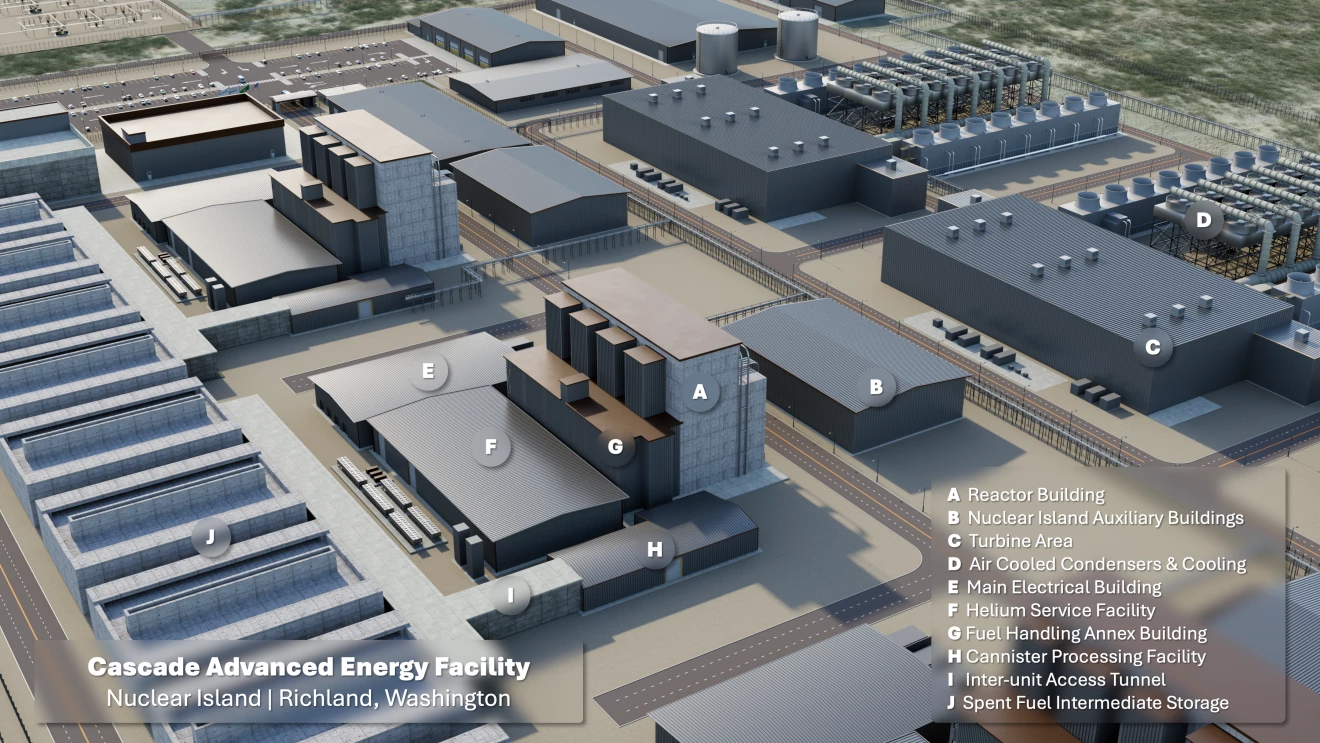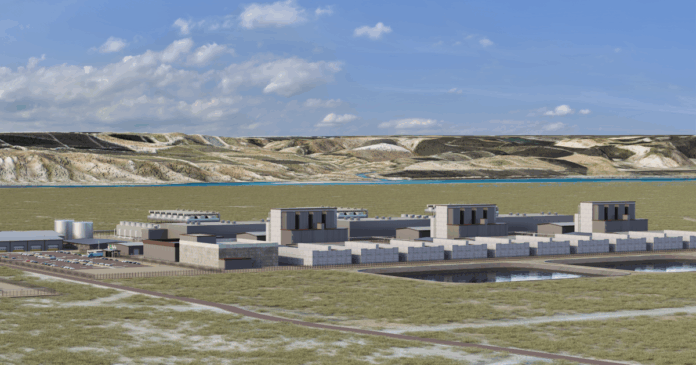In the shadow of a service outage that affected millions of users, outside of Richland, Washington, internet commerce giant Amazon is building the first of a series of modular nuclear power stations to protect its data services from outages.
We tend to think of Amazon as a place to order ramen bowls or concrete vibrators, but it’s also the dominant global provider of internet data services through its Amazon Web Services (AWS), which as of 2025 has an annual revenue of over US$123 billion. It’s for this reason that the recent outage that impacted over 1,000 companies is such a big deal and why Amazon and other tech companies are investing in restarting or constructing nuclear power plants to provide their data centers with a round-the-clock, reliable source of power with zero emissions.
However, there’s more to the Amazon announcement than the company going nuclear or the fact data centers have quickly become such major assets that they need their own bespoke power source. It’s also another example of major companies backing the rapid deployment of Generation IV reactor technology to meet the surging energy demands expected in the coming decades.
For the new power plant, Amazon is using X-Energy’s Xe-100 Small Modular Reactor (SMR), which will be installed near Energy Northwest’s existing Columbia Generating Station in Washington State.
The Xe-100 is a High-Temperature Gas-cooled Reactor (HTGR) that is fueled by TRISO-X , a proprietary Tristructural-Isotropic particle fuel made up of grains of uranium wrapped in layers of carbon and ceramics and then bundled into spherical pebbles. These are fed through a hopper into the reactor vessel to produce a self-regulating fission reaction and are cooled by helium gas that carries off the heat to a heat exchanger to generate steam for electrical generators. As the fuel is used up, it is collected at the bottom of the vessel.
The small Xe-100 reactors only produce 80 MWe of power. That seems small, but these SMRs are much smaller and simpler than conventional reactors, which allows them to be mass produced in factories and then trucked to the site. In addition, this design makes for smaller land footprints and eliminates the need for the extremely expensive civil engineering works required for earlier reactor designs.

Amazon
Another big advantage is that the SMR plants can be easily scaled up and down to meet requirements by adding or removing reactor modules. Decommissioning and disposal is also easier because the modules, once powered down and defueled, can be removed in whole for dismantling.
According to Amazon, the Cascade Advanced Energy Facility will begin construction by the end of the decade and will be operational in the 2030s. The facility will consist of four reactors producing a total of 320 MWe and has the potential to expand to 12 reactors pumping out 960 MWe. If the initiative is successful, Amazon plans to introduce an overall 5 GW of nuclear power to the US by 2039 – enough to power 3.8 million homes.
“This project isn’t just about new technology; it’s about creating a reliable source of carbon-free energy that will support our growing digital world,” said Kara Hurst, Amazon’s chief sustainability officer. “I’m excited about the potential of SMRs and the positive impact they will have on both the environment and local communities.”
Source: Amazon


